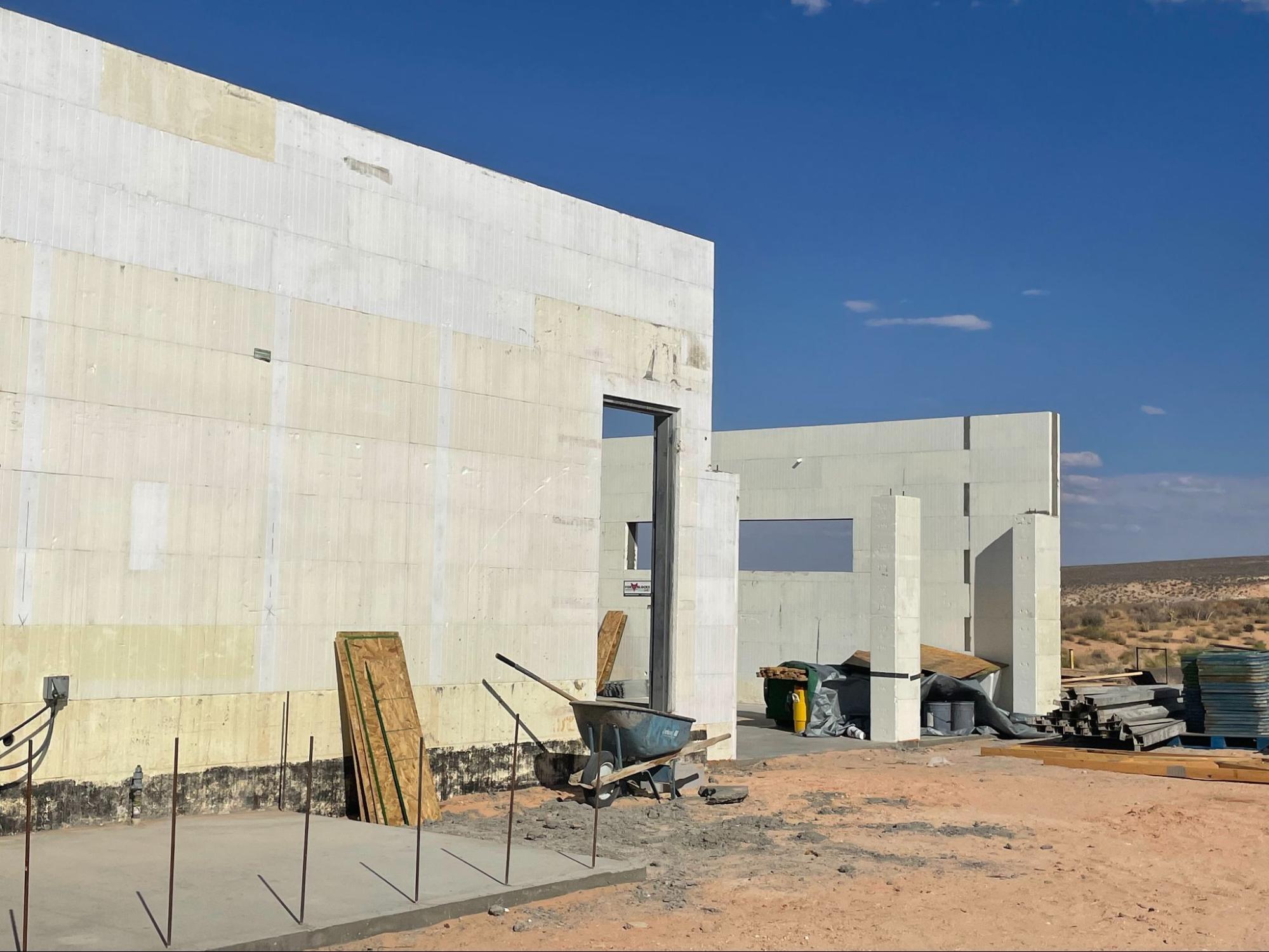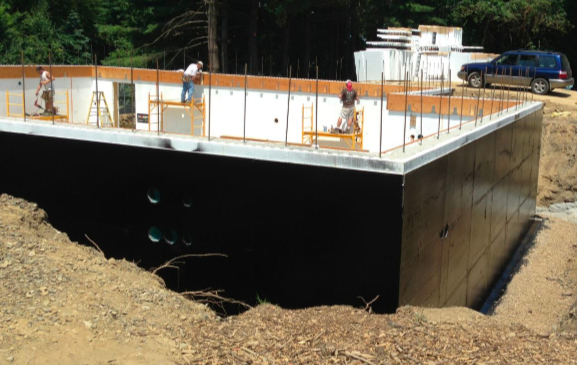
11 Benefits of Concrete House Construction

10 Eco-Friendly Alternatives to Traditional Concrete

A Comprehensive Guide to the Types of Concrete Blocks Used in Construction

3 Problems with Autoclaved Aerated Concrete Blocks

5 Disadvantages to DIY Concrete Foundation Forms
Before you begin your concrete foundation forms DIY project, consider these five disadvantages of DIY concrete form construction.

What is Concrete Pumping and How Does It Work?
Concrete pumping has changed the way contractors place concrete on job sites. Rather than hauling heavy loads in wheelbarrows or relying on cranes and buckets, a concrete pump delivers liquid concrete through a system of hoses, pipes, or booms — directly to the point of placement.
Attaching Floor Joists to Your Insulated Concrete Forms
Just one way to attach your floor system to the side of a Fox Blocks wall when building with Insulated Concrete Forms for multiple stories of construction.

Insulated Concrete Forms (ICF) Vs. Wood-Frame Construction
Insulated concrete forms (ICF) create a more energy-efficient, quiet, and healthy building than one built with wood-frame construction. ICF buildings are also more resistant to disaster, fire, insect, and moisture intrusion than wood-frame structures.

The Power of Insulated Concrete Forms: Maximizing R-Value in Your Construction Project

Insulated Concrete Forms: Pros and Cons